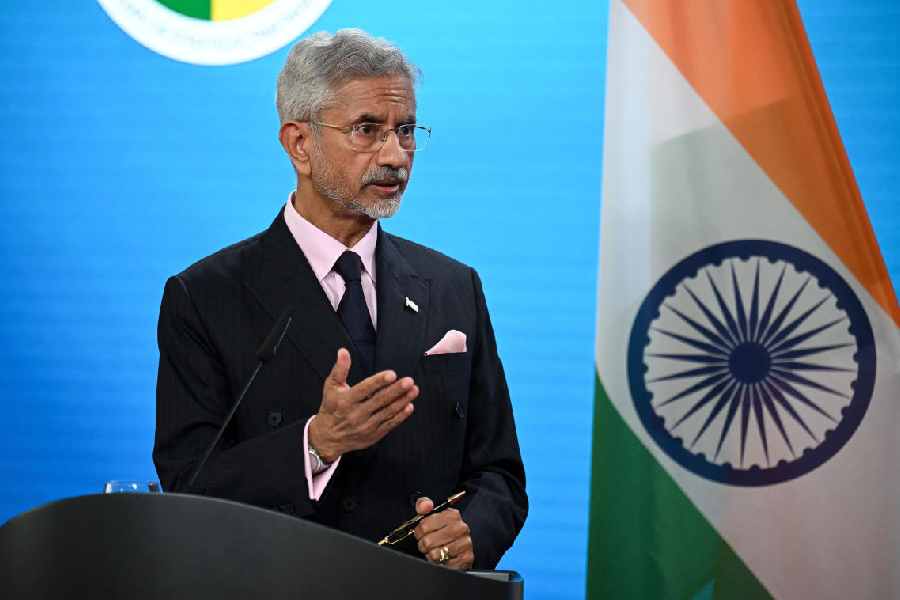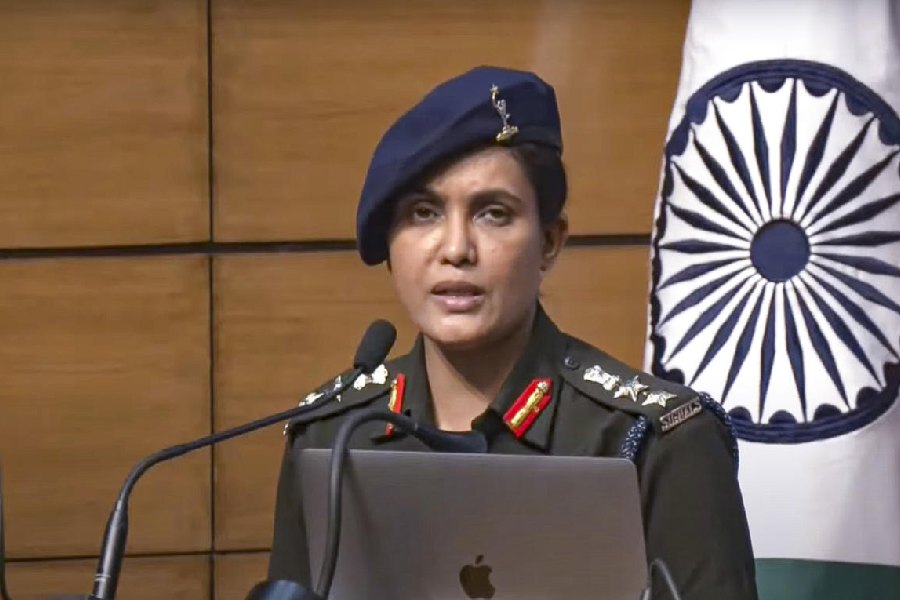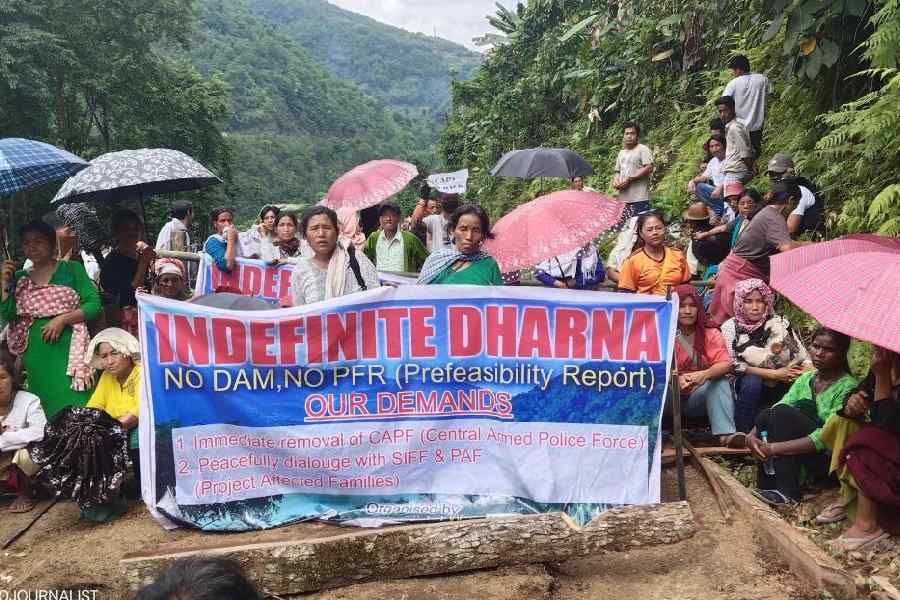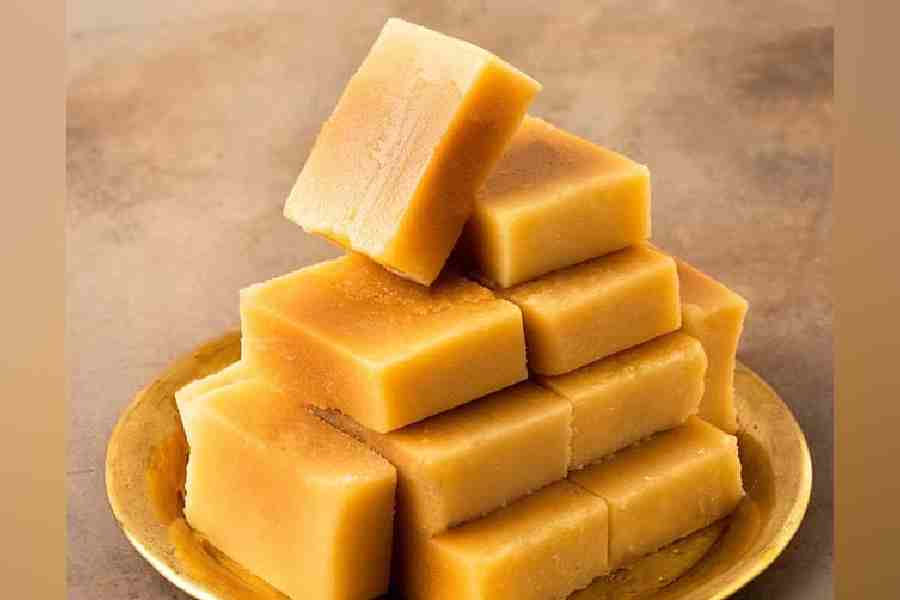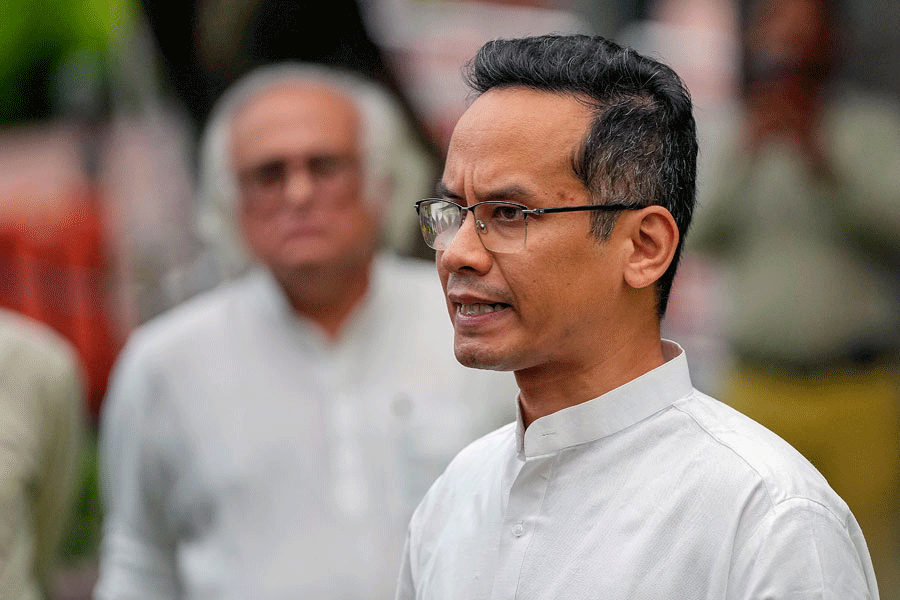 |
 |
 |
| Grabbing eyeballs: (From top) Akshay Kumar in Khatron ke Khiladi, Champion Chaalbaaz No. 1, Jo Jeeta Wahi Superstar. |
Make merry with a tub full of rats. Get a nose job done. Find yourself a date. Start a business with a group of strangers. Pit yourself against a small screen actor for a lucrative contract. It’s all about a wacky idea — and it looks like it’s here to stay.
Here’s bad news for those who thought — rather optimistically, perhaps — that reality shows had lost their steam. On the contrary, these shows are going great guns. Indian audiences, television show ratings reveal, can’t have enough of them.
There has been a veritable deluge of reality shows in recent months. Programmes such as Ek Se Badhkar Ek, Champion Chaalbaaz No. 1, Jo Jeeta Wahi Superstar and Khatron Ke Khiladi encourage you to show your mettle. Naya Roop Nayi Zindagi dealt with cosmetic surgery. Bollywood Club is about aspiring actors and in Kabhi Kabhi Pyar, Kabhi Kabhi Yaar a trio of television actors lives together to demonstrate how they get along — or don’t. Indeed, over 800 reality shows were being aired last year, including English and vernacular language channels.
Evidently, the days when reality was defined by unimaginative names, modest sets, nondescript anchors and advertiser problems are long gone. As the names of the shows indicate, today they are mounted on a filmic scale. Not without reason. According to MindShare Insights, a media agency, last year reality shows generated Rs 225 crore in advertising revenue, an increase of 168 per cent compared to the previous year.
Viewership share too has nearly doubled over the past couple of years from 8 per cent to 14 per cent. And while reality shows are outdone by soaps, which still command a 55 per cent viewership, rating experts believe reality shows will show a three-fold rise in viewership by the end of the year. According to the TAM Peoplemeter Systems, a gauge to measure TV viewership, the duration share of reality shows — the total number of hours aired — has been rising steadily, gradually making it a prime-time genre.
But the problem of plenty is fast becoming apparent. “While the genre is here to stay, these song-and-dance reality shows are being done to death. They are hardly distinguishable nor do they have a USP,” says actress Mona Singh, who anchored Naya Roop Nayi Zindagi, which gave a makeover to 10 participants with physical deformities and, in the process, changed their lives. “Most of them star small screen actors, with the same celebrity judges — so you get to see the same faces on almost all the channels. The audience can tire after a while and the tears, smiles and spats begin to seem staged,” says Singh.
New formats, then, hold the key to getting eyeballs. That is, perhaps, why reality shows are moving a step ahead, trying out different formats, instead of merely banking on hand-me-down shows from the West. Cash Cab, to be telecast on Bindaas, will have participants travel in a cab, cash in tow, with a mission to accomplish in the shortest duration of time. Aaja Mahi Vay on Star Plus tests the love of committed small screen stars. The winners will have a dream wedding, footed entirely by the producers of the show.
Not surprisingly, episode costs have escalated. “It could easily run into anything from Rs 9 lakh to Rs 50 lakh and above, depending on the celebrities you rope in,” says Priya Puri, head of corporate communications at the UTV Group, which runs Bindaas. “With the market for such shows expanding and such huge investments, reality TV targets the youth for guaranteed returns. So creating reality has become a 360 degree act with plenty of masala thrown in for effect.
“That is just what the second season of Bigg Boss, the Indian adaptation of UK-based Big Brother on Viacom’s TV channel Colors, is aiming at — masala. Actress Shilpa Shetty plays mentor to the inmates of the house who are under 24-hour surveillance. “Having triumphed as an inmate on the Big Brother show, Shilpa Shetty knows exactly what goes on in the minds of the inmates,” says Deepak Dhar, the country head of Endemol, which is producing the show. “She is the best person to provide an insight into the characters.
“But celebrities are not always a big draw. Rock ’’ Roll Family, which had Kajol, Ajay Devgan and Tanuja as judges in the Zee TV show, had a TRP rating of 1.3 — when a rating of 2 and above is considered good. Even the game show Kya Aap Paanchvi Paas Se Tez Hai? hosted by Shah Rukh Khan that had a prize money of Rs 5 crore saw a downswing in TRPs from 4 in the first week to 1.3 in the subsequent weeks. This, says L.V. Krishnan, managing director of TAM Peoplemeter Systems, can be attributed to the problem of plenty. “The TRP ratings of some shows are affected by the rapid increase in the number of reality shows, thus resulting in a fragmented audience share,” he reasons.
That is when a high dose of masala and controversy can make a difference, and the likes of composer Himesh Reshammiya, singer Abhijeet or even item girl Rakhi Sawant are worth having on the show. “The drama depends on the people you cast. That way, an impromptu script gets created,” says Mona Singh.
Lyricist Javed Akhtar, who has been a judge on music reality shows Indian Idol and Fame Gurukul, agrees. “As far as my experience goes, nothing is planned. All the exchanges on the show are spontaneous and the best part is, you get to see the metamorphosis of talented individuals who start out on an unsure note but soon become confident enough to take on the world.
“While Akhtar waves aside the problem of plenty and considers reality shows a “win-win situation for the channel, the producers and the participants,” sociologist Ashis Nandy highlights its flip side. “The robust healthy scepticism that laces such shows in the West is missing here in India. The danger lies in that we Indians take them too seriously. The behaviour of the participants and judges becomes a topic for heated discussions in drawing rooms, and participants at times get swayed by the delusion of grandeur or suffer from low self esteem.”
That, perhaps, is when reality bites.





